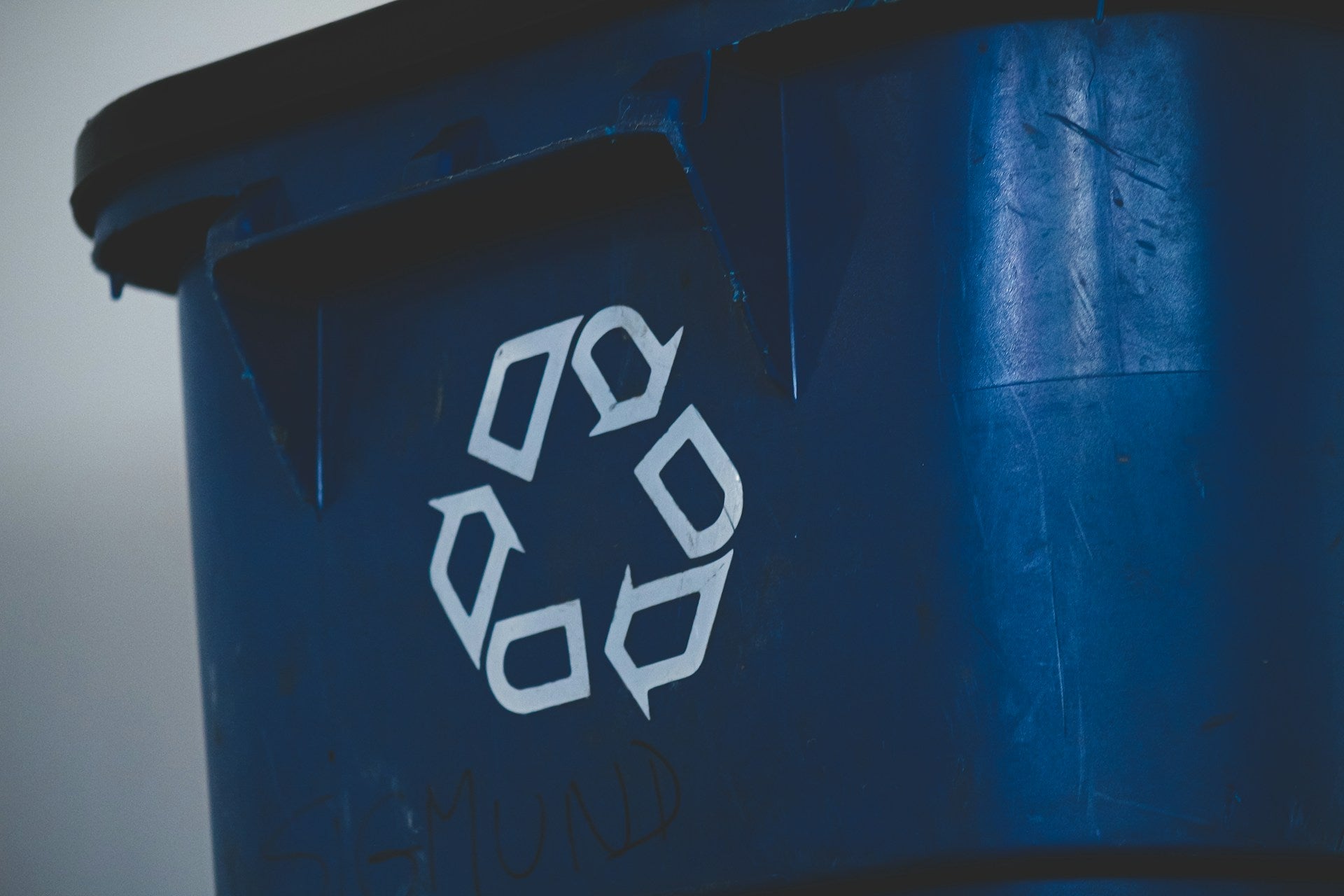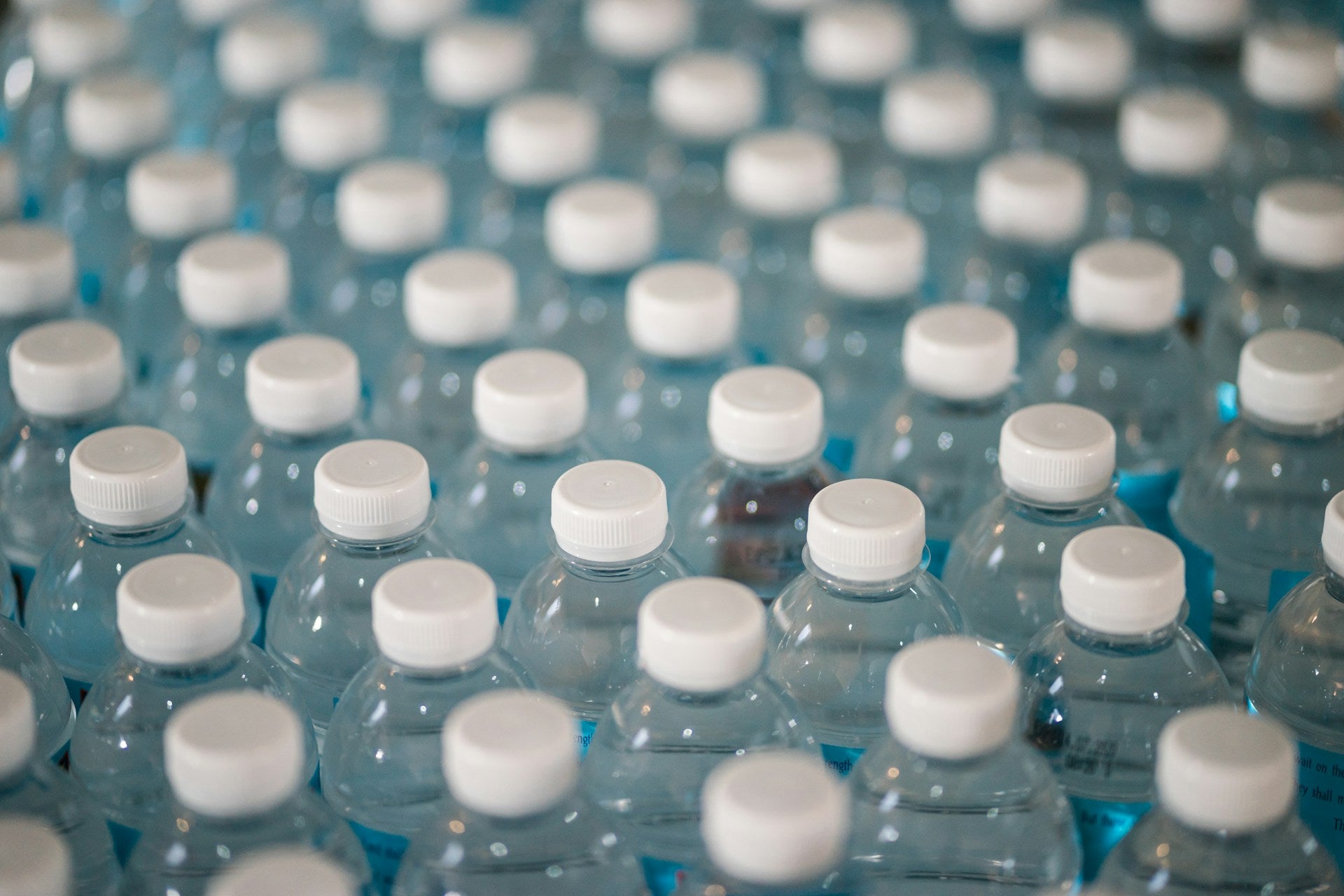
The Pros and Cons of Single-Use Plastics: What You Should Know
If you're someone who's passionate about protecting the planet, raising a healthy family, and living a lifestyle that leaves the Earth a little better than you found it, you're probably familiar with the debates surrounding single-use plastics. On one hand, they seem convenient, but on the other hand, they’re often viewed as a looming environmental threat. So where’s the balance? Should we embrace these plastics for their functionality or reject them to save our planet?
Let’s dive deep into the world of single-use plastics. We'll explore their history, their undeniable grip on our daily lives, and the pros and cons that are tied to both their existence and their potential demise..
What Are Single-Use Plastics?

The term "single-use plastics" refers to plastic products that are designed to be used once and then thrown away. They’re everywhere, and often they’re used for just a matter of minutes before heading straight for the trash (or, worse, the ocean). These plastics are primarily made from fossil fuel–based chemicals, which means they’re meant to be disposed of immediately.
These items became ubiquitous because they’re cheap to produce, lightweight, and durable—qualities that make them incredibly functional but also problematic when it comes to waste. They don’t just disappear when we’re done with them. Instead, they break down into tiny fragments known as microplastics, which can remain in the environment for hundreds of years.
Where Did Single-Use Plastics Come From?
Interestingly, single-use plastics weren’t always part of our daily routine. They rose to prominence post-World War II. In the 1950s, plastic began to explode onto the scene as a material that could be molded into just about anything. Manufacturers celebrated its versatility, and suddenly, plastics were the go-to choice for packaging.
Single-use plastics were designed as a quick fix—perfect for a post-war economy that was booming and wanted everything to be faster, more convenient, and less expensive. Over the next few decades, their use skyrocketed. By the 1970s and 1980s, the fast food industry heavily adopted single-use plastics, further entrenching them in our lives.
How Widespread Is the Use of Single-Use Plastics?
If it feels like single-use plastics are everywhere, that’s because they are. It’s estimated that around 380 million tons of plastic are produced globally each year, and about half of that is designed for single use. Take a second to let that sink in—half of the plastic we produce each year is meant to be discarded almost immediately.
Globally, we use about 1 million plastic bottles per minute. And those little plastic grocery bags? Around 500 billion are used each year. The packaging industry is one of the biggest culprits, with plastic dominating the food and beverage sector in particular. Everything from your coffee cup lid to the shrink wrap around your produce is often plastic.
A significant portion of these single-use plastics isn’t recycled. In fact, less than 10% of plastic waste has been recycled historically. The rest ends up in landfills, incinerators, or, tragically, in our oceans.
The Pros and Cons of Single-Use Plastics in Packaging

The Pros
Convenience and Hygiene
Single-use plastics have revolutionized the way we package and transport food. They keep things fresh, prevent contamination, and are extremely lightweight. For busy parents juggling a full day, these packaging options can feel like a lifesaver—offering an easy, sanitary solution when you’re in a rush.
Affordability
One major reason for the popularity of single-use plastics is the cost. Plastic packaging is much cheaper than alternatives like glass or metal. This cost efficiency allows manufacturers to keep prices lower, which is a plus for families on a budget.
Extended Shelf Life
Single-use plastic packaging is great at extending the life of perishable goods. For instance, plastic wrap can keep fruits and vegetables fresh longer, cutting down on food waste—a huge concern in the sustainability conversation. Oddly enough, this is where the "good" in plastic shines.
Transport Efficiency
Plastics are light, meaning products packaged in plastic are easier to transport. This translates into lower fuel consumption during shipping, which might seem like a win for the environment.
The Cons
Environmental Impact
The downside is staggering. These plastics don’t biodegrade quickly—taking hundreds of years to break down. And when they do, they disintegrate into microplastics that pollute ecosystems, especially marine environments. The convenience we enjoy now leaves a lasting mark on the Earth that our children and grandchildren will inherit.
Health Concerns
Single-use plastics can leach chemicals into the food and beverages they contain, particularly when exposed to heat. While many plastic products are tested for safety, there’s growing concern over the long-term health effects of repeated exposure to these chemicals.
Waste Generation
The sheer volume of waste generated by single-use plastics is mind-blowing. It's estimated that by 2050, there could be more plastic in the ocean than fish. That’s a future no one wants to see, especially if you’re hoping to leave behind a cleaner world for the next generation.
Energy Use in Production
Although plastics are lightweight, their production is energy-intensive. The fossil fuels required to make them add to their carbon footprint, and the emissions from this process contribute to global warming. It’s a vicious cycle of convenience versus consequence.
The Pros and Cons of Banning Single-Use Plastics

With all the challenges associated with single-use plastics, it’s no wonder that many regions are considering (or have already enacted) bans on certain products. But is that the best path forward?
The Pros of Banning Single-Use Plastics:
Reduction in Pollution
One of the most immediate benefits of banning single-use plastics is a reduction in plastic pollution. Places that have implemented bans on plastic bags or straws, for instance, have already reported significant decreases in the amount of plastic litter.
Encouragement of Alternatives
Banning single-use plastics forces innovation. Companies are now developing compostable or biodegradable alternatives, which can help reduce the amount of waste clogging landfills and oceans. This shift could lead to more sustainable packaging solutions that are better for the planet.
A Culture Shift
By banning single-use plastics, societies can start changing their relationship with disposable culture. It signals a move towards more mindful consumption—using reusable bags, bottles, and containers instead of automatically reaching for something that’s headed for the trash.
The Cons of Banning Single-Use Plastics
Inconvenience
Switching from single-use plastics to alternatives requires adjustments. It means remembering to bring reusable bags to the store, investing in reusable containers, and shifting habits that have been ingrained for decades. For busy families, this might feel like one more item on an already overflowing to-do list.
Cost Implications
Environmentally-friendly alternatives are often more expensive than their plastic counterparts. This added cost can trickle down to consumers, making it harder for low-income families to access affordable packaging solutions. For small businesses, the transition could be financially straining as well.
Limited Infrastructure for Alternatives
While there are many new materials being developed as alternatives to plastic, our current waste management systems aren't always equipped to handle them. Biodegradable materials, for example, often need specific conditions to decompose, conditions that many landfills don’t provide.
Unintended Environmental Consequences
Some alternatives to single-use plastics, like paper bags or cotton tote bags, come with their own environmental costs. Paper bags require more energy to produce and transport, and cotton production can be water-intensive. Banning plastic without thoughtful consideration of these trade-offs could lead to other, equally damaging environmental impacts.
Finding Balance: The Path Forward
It’s clear that single-use plastics come with both significant advantages and serious drawbacks. On one hand, they provide convenience, safety, and efficiency. On the other hand, their environmental footprint is a long-term problem we can no longer ignore. If we want to leave behind a healthier world for our children, finding alternatives—and learning to live with less plastic—seems to be the way forward.


























